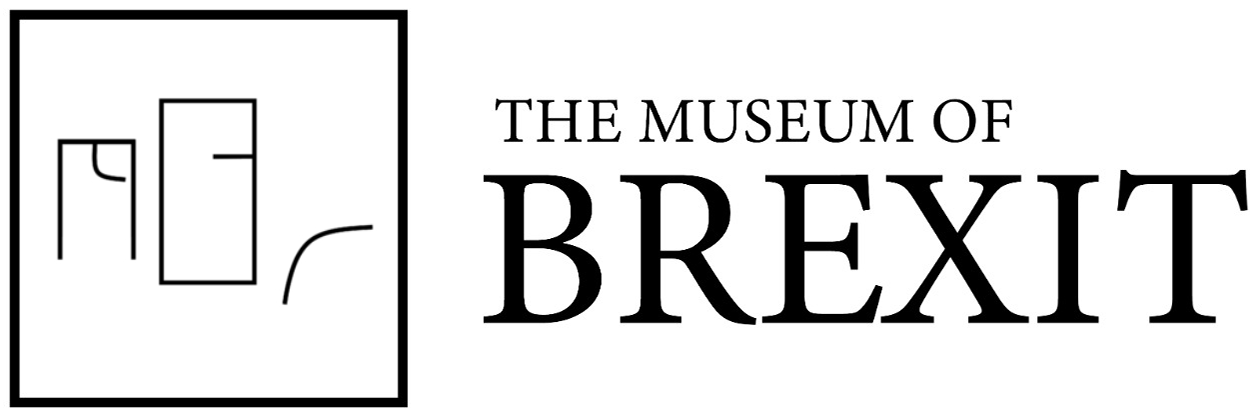Our supporters
What is The Museum of Brexit for?
1. A public-facing museum that displays items and tells the story to inform and educate people;
2. A library and archive collection to ensure academics have easy access to a comprehensive catalogue of material, to facilitate research but also assist with academic balance;
3. An outreach point for those seeking informed but apolitical support on matters relating to Brexit, especially within the EU itself.
What will the museum explore?
The format is still under review but we are telling a long story, and we will perhaps break it down into three historical ‘circles’. The core could cover the 2016 Brexit referendum and its aftermath; secondly the years 1950-2015, with the pursuit of European integration and the growth of Euroscepticism in response; and thirdly the persistent and underlying threads in British history from Julius Caesar down to 1950. That means one section will be about recent debates; one about different visions; and one about recurring themes. The visitor begins back in time and would follow the thread to the present.
What are those deeper themes?
That section provides us with an opportunity to explore deep and enduring historical issues that underwrite much of the debate. Some examples include what’s different about Common Law; how the free press developed; what Magna Carta is, and Habeas Corpus; how our European orientations have changed over the centuries through settlement, commerce, faith or war; the growth of Parliamentary democracy; Pounds, Shillings and Pence; and explaining free trade and protectionism while introducing Adam Smith and the Boston Tea Party. These are also the sorts of topics that might be of particular interest to school groups.
Will the museum be balanced?
Yes, because no story can be told in isolation. There were two sides to the 2016 Brexit debate, and both need to be explored. The deeper story of Euroscepticism itself can only be understood in context, as a response to European integration happening in parallel and for its own reasons. Those stories need to be investigated fairly and in a balanced way. That applies too with respect to the great characters in that story, who were sometimes controversial. Some of the most interesting went on their own political journeys and we can learn much if we review what changed their minds.
Is it just about setting up a museum?
No – our plan is to set up an archive and a research library too, as a hub for future researchers. That side of things will be less visible to ordinary visitors but will serve a vital academic function.
Why do we need a physical building?
We do intend to develop our website so that it is widely accessible. But a website alone won’t have the same lasting and tangible effects. Otherwise, the British Museum and V&A would only be online.
Where will it be? Surely it needs to be in London?
Brexit was not a London phenomenon. We have identified 14 criteria to help with the location. The key ones, in short, are that it needs to be in an urban setting, in a part of the country where it will get local support, with decent transport connectivity.
What does the logo represent?
The logo was designed in-house and carries a double meaning. In the first place it stylistically represents the British Isles off the coast of Europe; but it also, in abstract lettering, spells ‘MBr’, for The Museum of Brexit.
